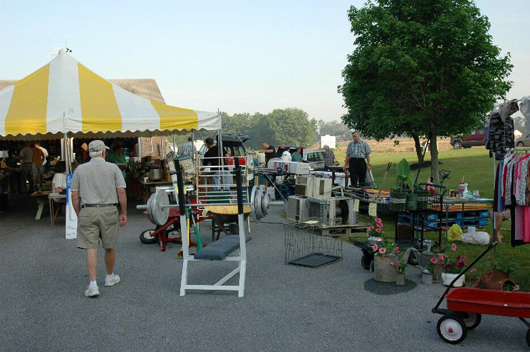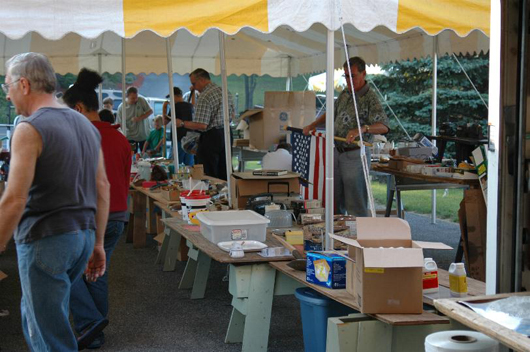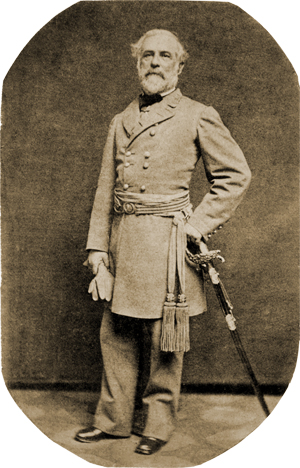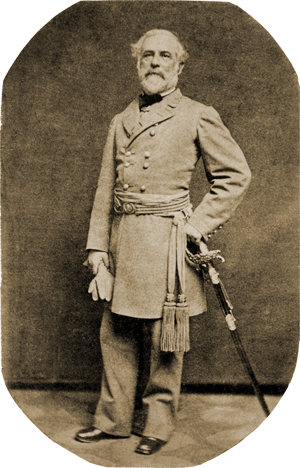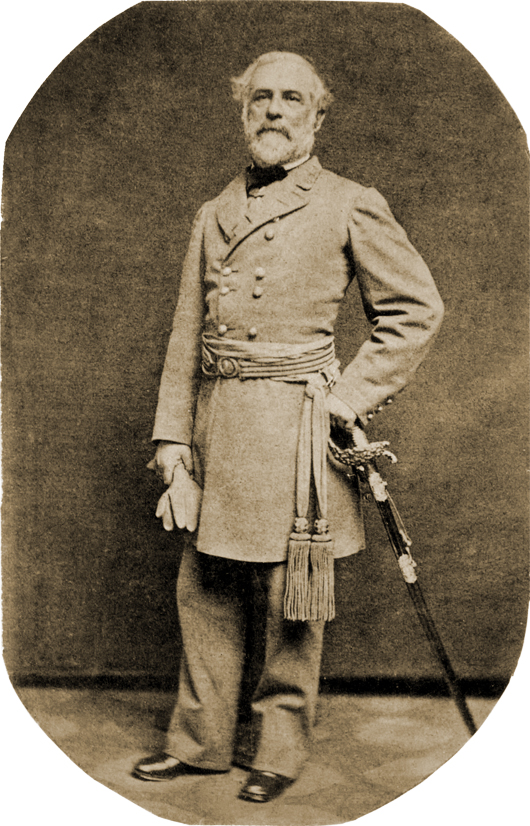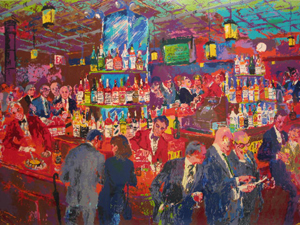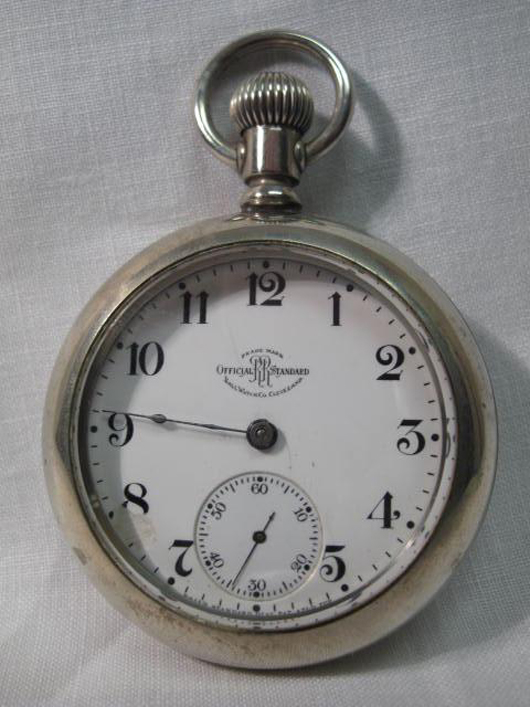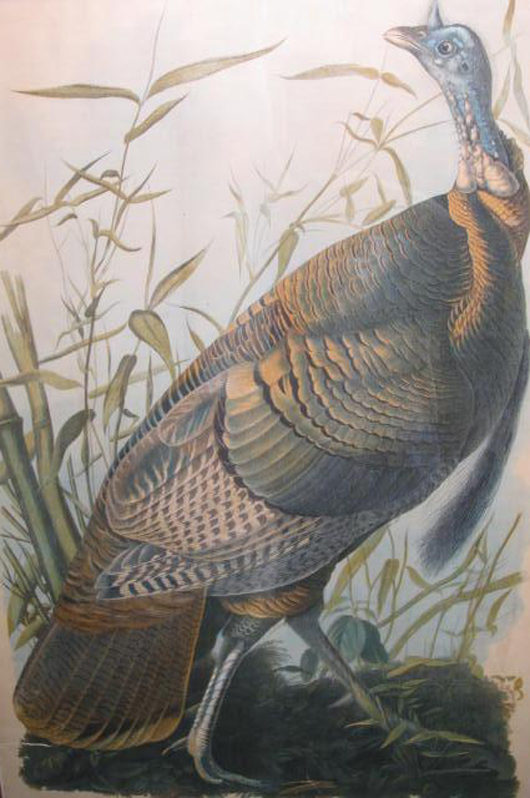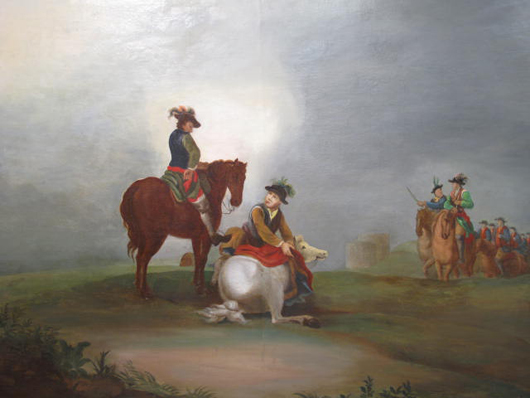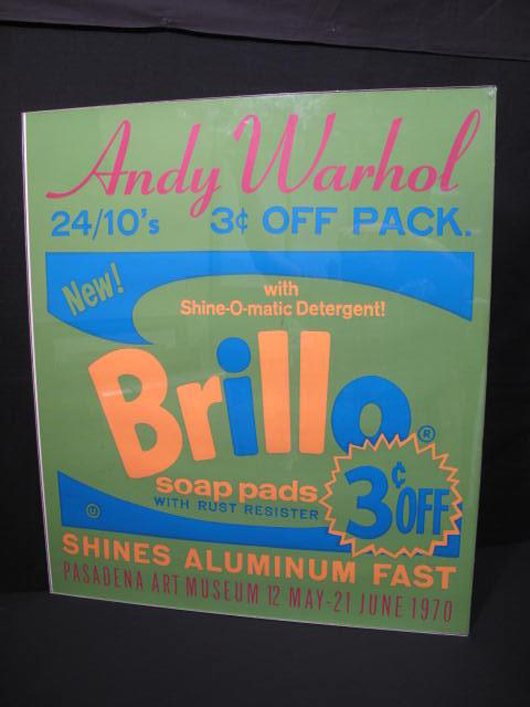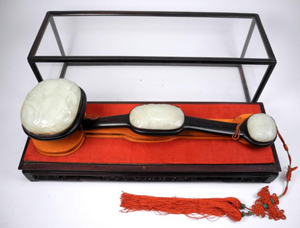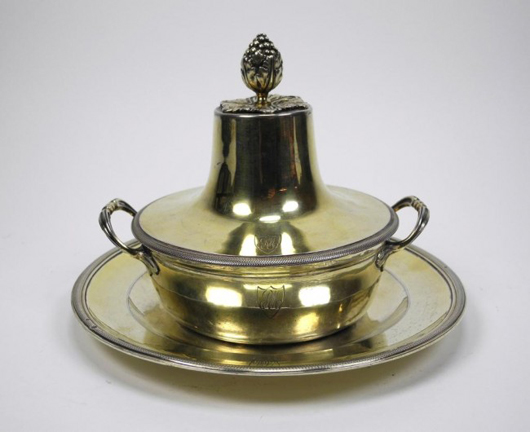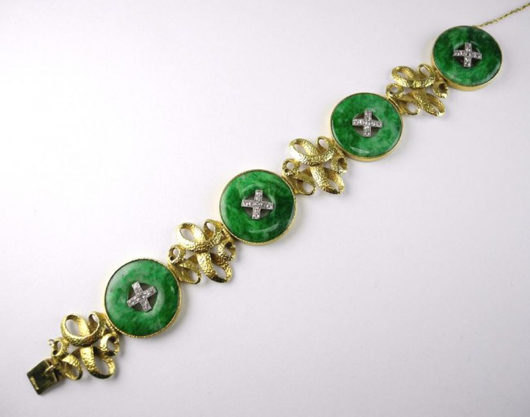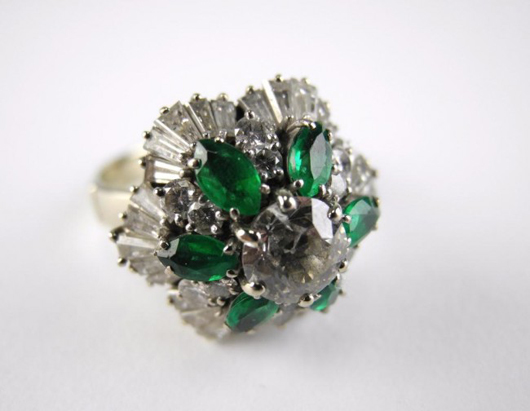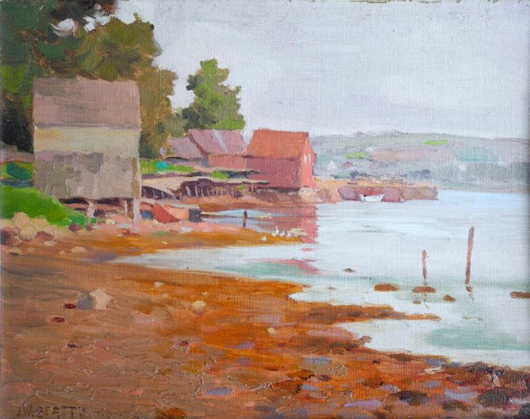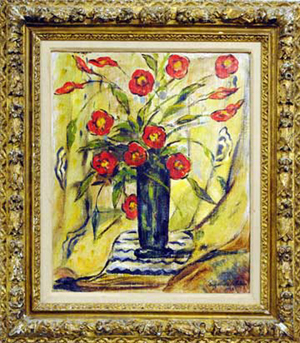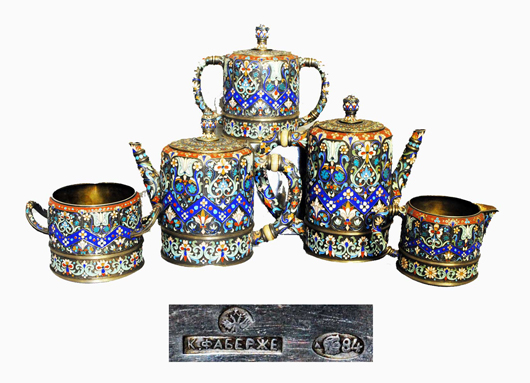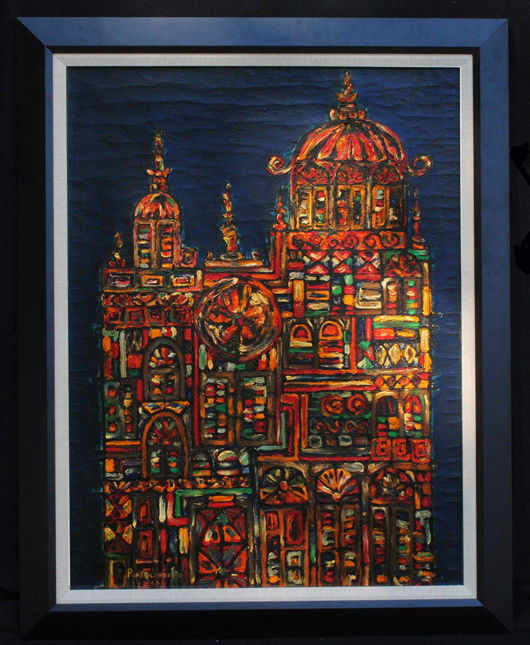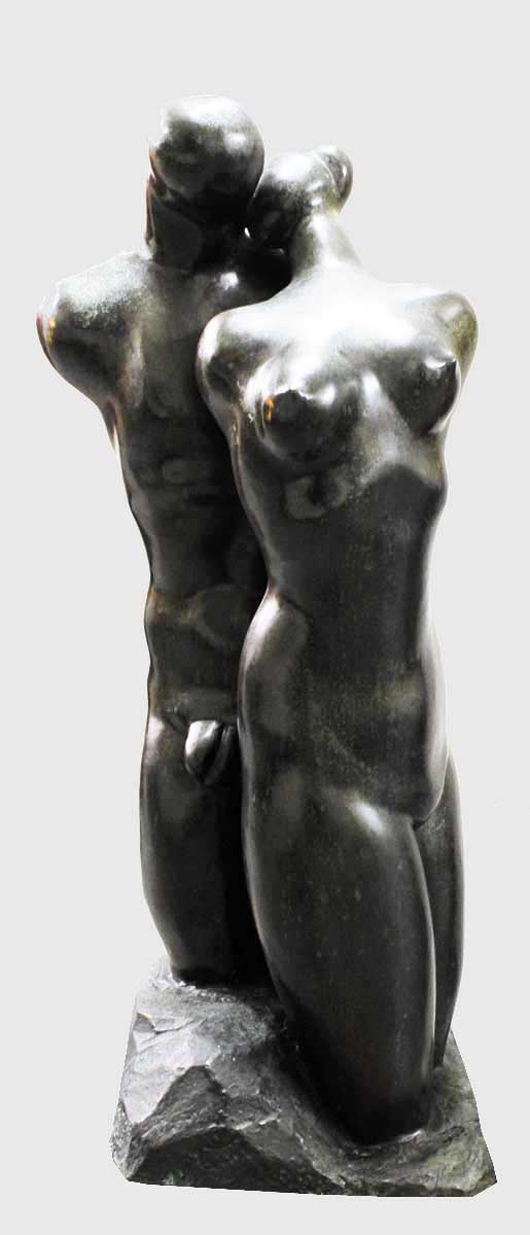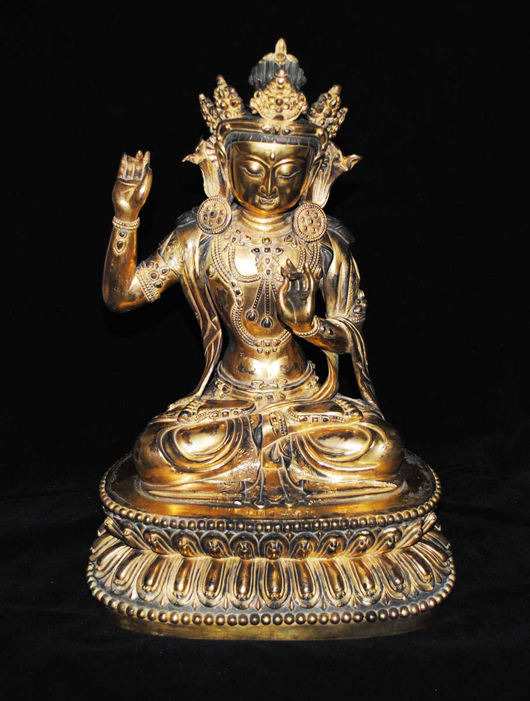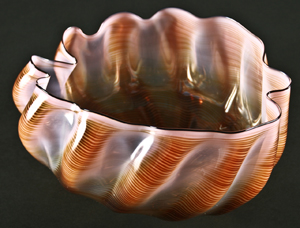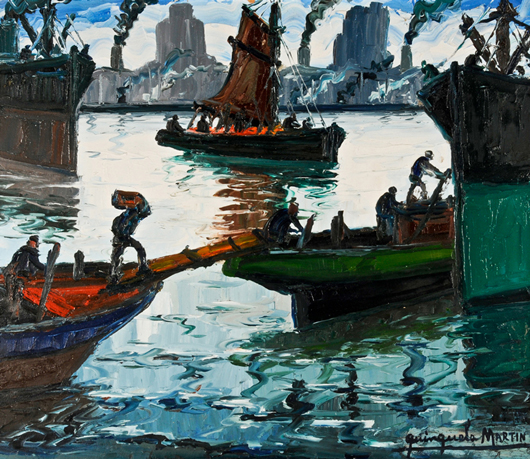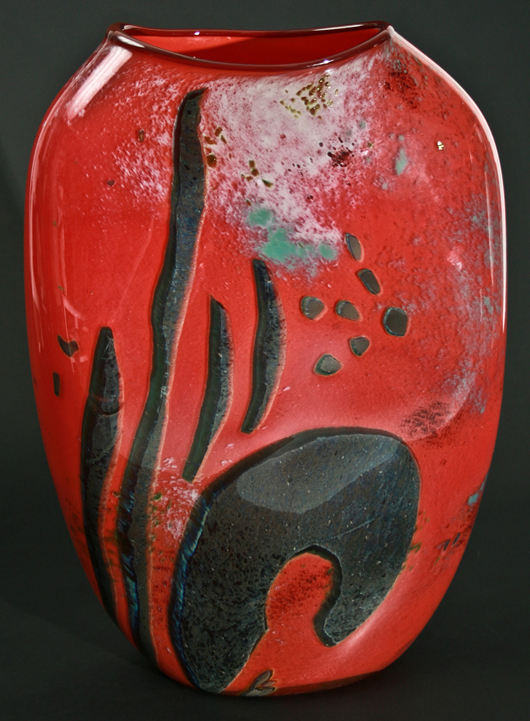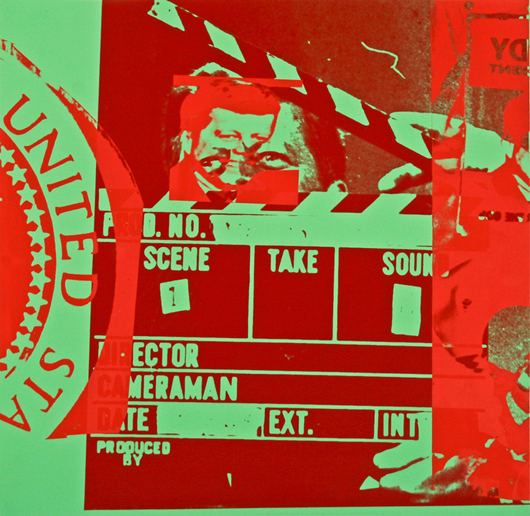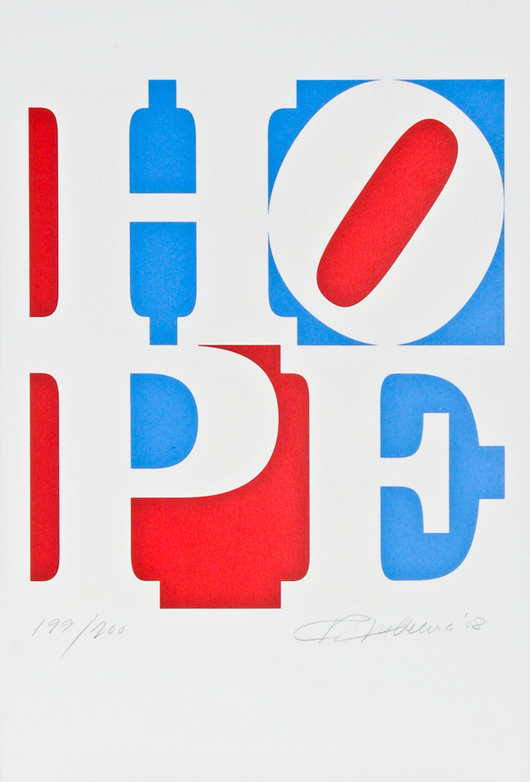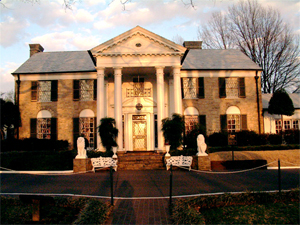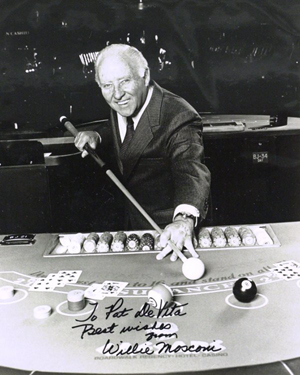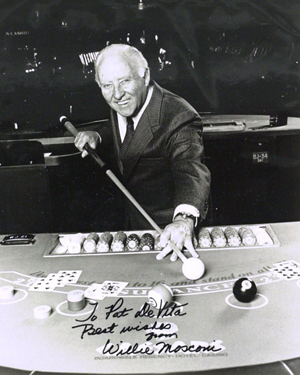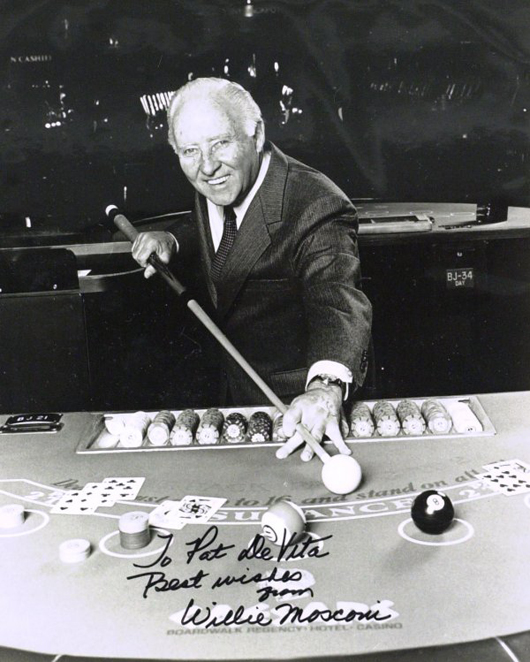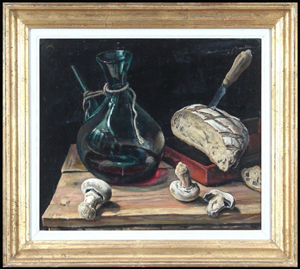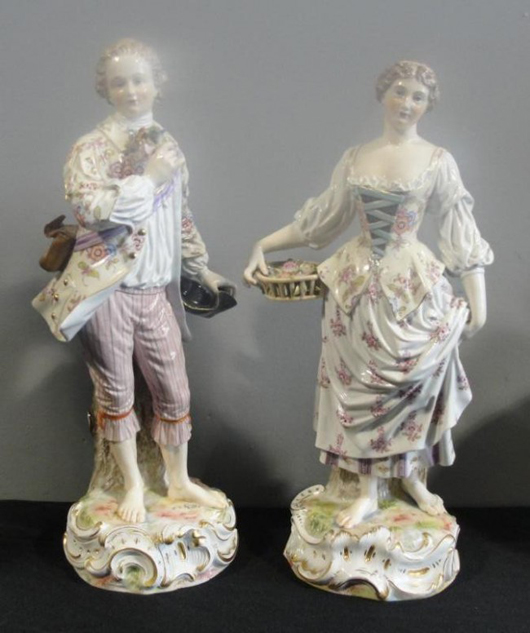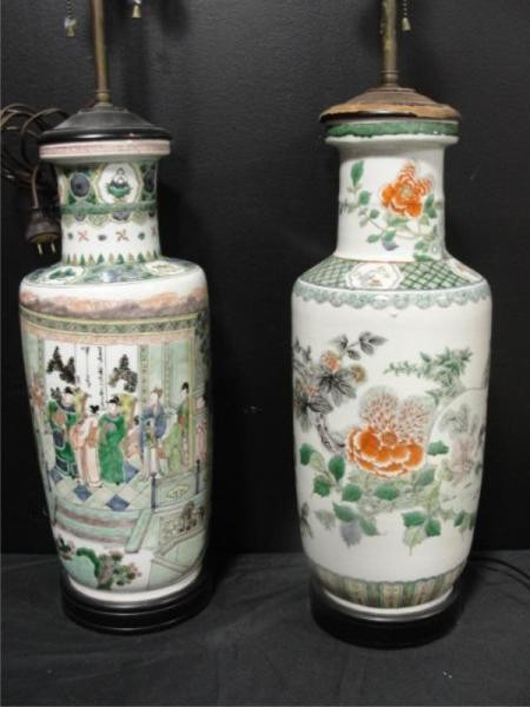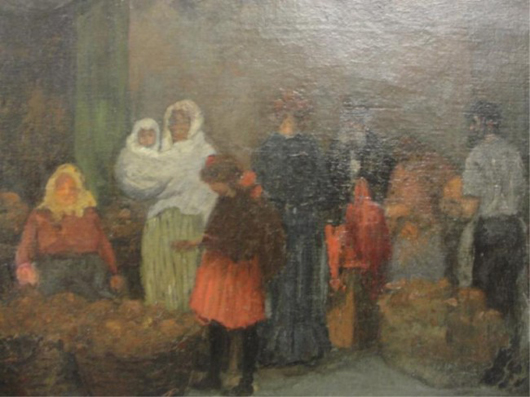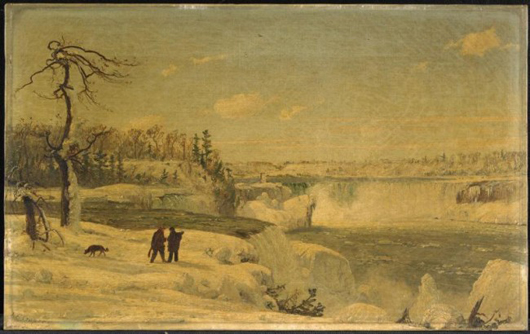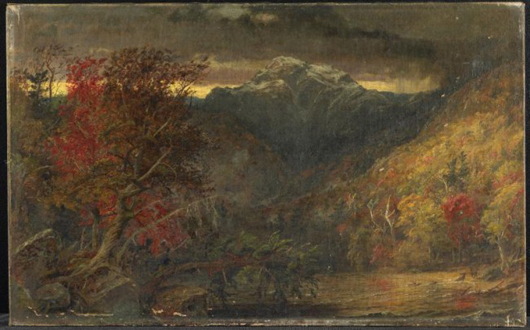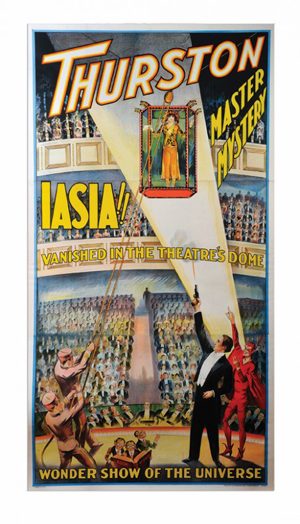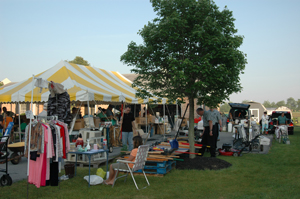
The weather is finally warming up across the nation and you’re ready to get spring-cleaning started. That can mean only one thing – garage sale time.
Many of us look forward to having a yard sale this time of year to rid the clutter we accumulated over the past year and to get our homes organized.
It’s not like you haven’t had a sale before. Sometimes they have had great turnouts, and other times you’ve called a donation service to come haul it all away.
What is the formula for a great garage sale? I took my ideas and posed the question on my Facebook wall to see what my friends would suggest. I must say their ideas are helpful.
Let’s talk about advertising. You place an ad in the Friday classified section. You want people to know you have good stuff. Don’t be too wordy but sprinkle some spicy keywords that will grab attention and make customers want to stop. Antiques, collectibles, modernism, jewelry and couture always work.
You need proper signage for people to find your sale. Big black letters, arrows – even colorful balloons to get the attention of drivers who are unaware you are having a sale. Put signs out in the wee hours of the morning or the night before.
Call your friends. The bigger the sale, the better. Have them bring over things to sell that day. It also helps having extra bodies there to take payments, answer questions and help set up.
Cash is king. Make sure you have lots of coins and singles for making change. Speaking of cash, consider taking alternative methods of payment. If you are selling items that are more than $10, people might want to pay with a credit card or a check. PayPal offers phone-in credit card services now.
Price items in advance. Many people who won’t ask the price, especially if you are talking with another customer. If they are in a hurry to get to the next sale, you might lose a customer. Also, ask for more than you were hoping to get and be willing to accept a lower offer. Realize that haggling is the nature of the garage sale business.
Consider using the dot system in pricing. Have a poster board illustrating a red dot = $1, a blue dot = 50 cents, etc. Colored dots having adhesive backs are available in stores. Using this method might reduce the time spent pricing – especially smaller items. If you do price items individually, use a fine point Sharpie brand pen on the price stickers. Make sure the numerals are large enough to be read easily.
If you are selling electronics, make sure batteries are fresh and have a power cord available so people can test items to see if they work properly.
Don’t place merchandise on the lawn. Scattered on the ground, they are not visible to drivers, and it gives the impression they have no value. Use tables and shelving, and hang ropes from trees – whatever you can to showcase merchandise.
Group similar things together to make them more appealing. If you have jewelry, put it all in one place. If you have porcelain, display it like you would if it was on the dinner table.
Get the family involved. Kids love making money too. They can sell their old stuffed animals, clothes and toys they no longer want, which helps keep closets unclutterd and gives them extra spending money. If they have nothing to part with, let them set up a lemonade stand.
Music puts people in a shopping mood. Find something upbeat, and have it lightly playing in the background.
Food! Who says you can only sell clothing and knickknacks? Make finger foods – cookies and other snacks that are light but keep the shopper energized. Chances are they were up early that morning and have been on their feet or in the car since their first stop. They will be happy to see an affordable snack on the table.
# # #
ADDITIONAL IMAGES OF NOTE
